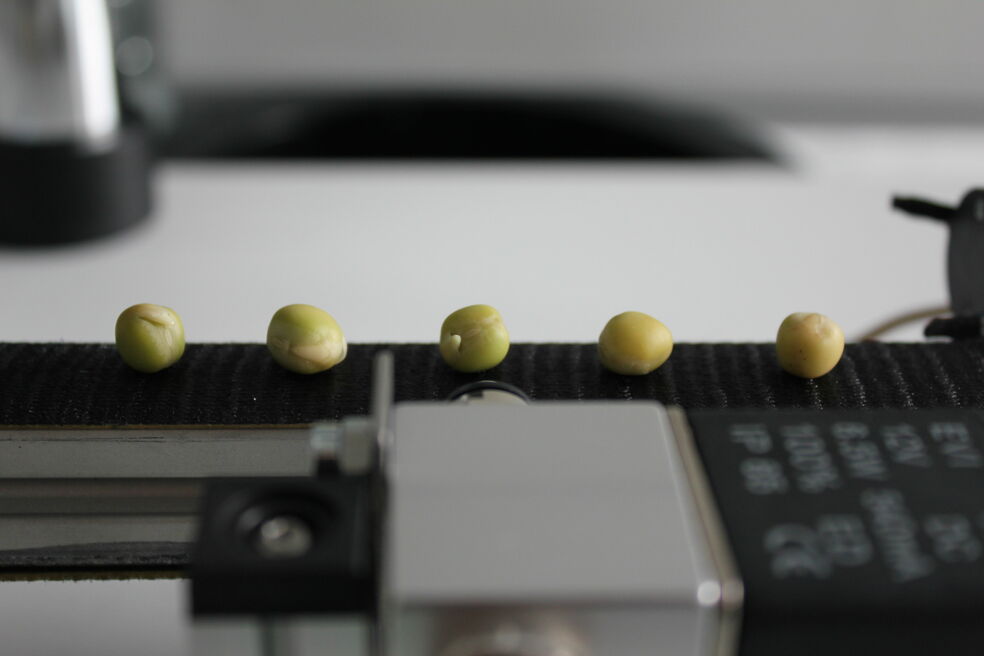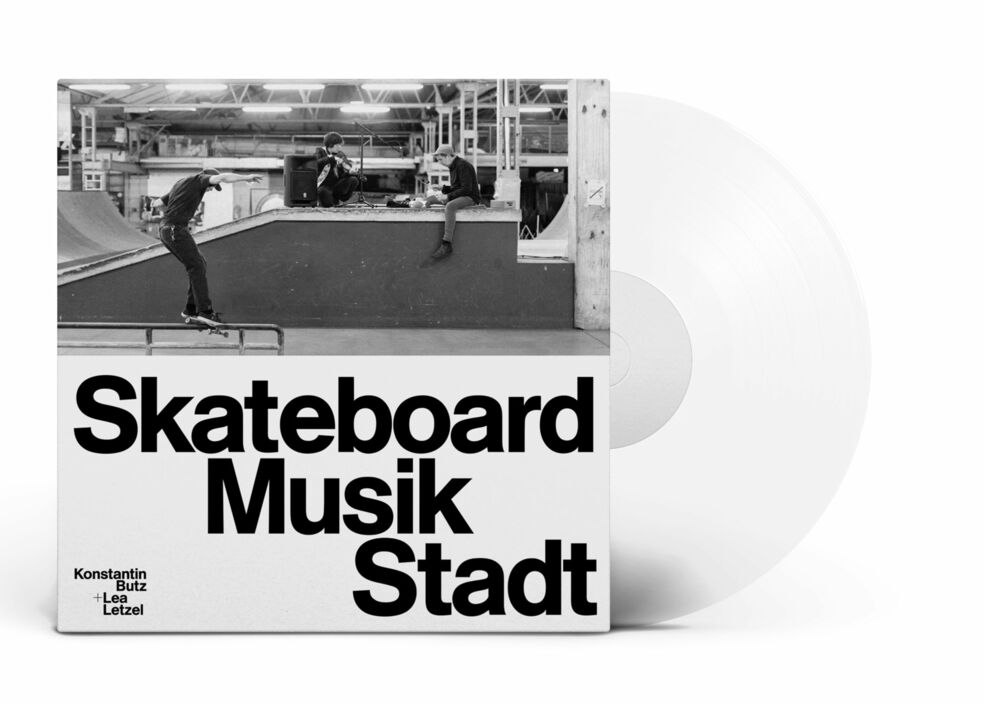Knowledge Transfer
Projects of the artistic-scientific mid-level faculty of the KHM
Expertise and skills in academic institutions are to a large extent tied to individuals. With regard to the high fluctuation in academic mid-level staff, this means that knowledge, skills, research focuses and also networks are lost to the institution when the people concerned leave the university or complete larger projects and dedicate themselves to new subject areas. As the KHM already supports its artistic and academic staff by providing them with time for their own artistic projects and academic research projects, it is in the interests of the university to preserve the knowledge that has been created for the future and to document and make available the work that has been produced. This not only supports KHM-internal synergies through visibility and exchange, but also provides concrete insights for a wider public in order to initiate discourses that go beyond the KHM and offer interfaces for other academic and non-academic actors.
Under the title “Knowledge Transfer”, various artistic and academic exhibition and publication formats are funded, which have developed in particular from individual qualification objectives and have been developed over a longer period of time.
The “Knowledge Transfer” project group consists of artistic-academic staff from various subject groups (currently: Daniel Burkhardt, Konstantin Butz, Verena Friedrich, Sam Hopkins, Gerrit Lucas). It supports the respective projects and forwards the corresponding applications to the Rectorate for a final decision on funding.
The funded projects are presented below.
Projects funded so far
Exposition(en)
Dokumentation der während der Lehrtätigkeit an der KHM entstandenen Werke, in denen das Publikum zur Interaktion bewegt wird.
Die neueste und titelgebende Arbeit *Exposition*, 2022 im *Glasmoog – Raum für Kunst & Diskurs* aufgeführt, zeigt exemplarisch, wie in den Arbeiten von Christian Sievers das Publikum räumlichen, sozialen und technologischen Situationen ausgesetzt wird, und sich entscheiden muss, wie weit es sich dabei im Rahmen dieser Anordnungen bewegt, oder sich Freiheiten nimmt.
Die Publikation wird herausgegeben von Heike Ander im Verlag der KHM und erscheint Anfang 2025.
ERBSENZÄHLER

von Verena Friedrich
Das Projekt ERBSENZÄHLER befasst sich mit der quantitativen Erfassung des Lebendigen durch technische Systeme und Verfahrensweisen. Es handelt sich dabei um eine Serie von industriell anmutenden Anlagen, in denen Erbsensamen nach verschiedenen Kriterien analysiert, klassifiziert und sortiert werden.
Im Rahmen des Wissenstransfer-Projekts wird aktuell eine eine mehrteilige Publikation entwickelt, welche zur Zusammenfassung der ersten drei Stationen der Serie sowie deren Präsentation und Vermittlung dient.
Weitere Informationen folgen in Kürze.
Marginalia – An Open-Source Writing Tool for Artists
by Sam Hopkins
With the support of Wissenstransfer I was able to fund the development of Marginalia, an open-source writing tool with which I rewrote my PhD into an widely-accessible artist book, Nairobi Distributed. Marginalia, an open-source writing tool, was developed to give artists the freedom to arrange and format their writing during the writing process itself, rather than afterwards. The tool has both a highly customisable interface, which allows the implementation of sidenotes rather than footnotes, and uses HTML to print, which designs via code rather than programs such as Indesign, to enable an instant visualisation of the designed pages of the book.
I used the marginalia tool to develop Nairobi Distributed, an artist book which draws upon a number of collaborative video projects in Nairobi's Eastlands (Slum TV (2007-ongoing), A Life in the Day (2013), The Bike Gang (2015-17)) to counter a dominant, politically-instrumentalised narrative that in Kenya identity and ethnicity are synonymous. Instead, this book proposes that identities in Nairobi's Eastlands, are in constant flux, and always being negotiated and shaped within the fundamentally decentralised networks of Nairobi.
A central intention of my research and writing is to share the process and the outcome of my artistic research in real-time, rather than after its completion. In the Winter Semester of 2024 students who participated in the Networked Practice Seminar used the Marginalia tool to produce a zine which meditates and reflect on our networked existences. A series of further workshops are planned in early 2025 to coincide with the launch of the book.
SKATEBOARD MUSIK STADT

von Konstantin Butz
SKATEBOARD MUSIK STADT ist eine Buch- und Schallplattenproduktion, die sich mit Skateboarding als urbanem Phänomen auseinandersetzt.
Neben der theoretischen Auseinandersetzung mit der kulturellen Praxis des Skateboarding, steht eine künstlerische Position im Mittelpunkt: die 2019 im Rahmen des Kölner Acht-Brücken-Festivals im Indoor-Skatepark der Abenteuerhallen Kalk aufgeführte Konzertperformance »2 Second Manual« vonLea Letzel. Dabei werden Geräusche und Klänge des Skateboarding mit denen von Musikinstrumenten (Violine und Percussion) auf innovative Weise in Bezug gesetzt und inszeniert. Eine Tonaufnahme, die der Publikation in Form einer Vinylschallplatte beiliegt, liefert einen akustischen Eindruck der Konzertperformance, während der zugehörige Aufsatz von Konstantin Butz theoretische und historische Überlegungen zu Skateboarding und Sound vorstellt.
Akiko Ahrendt (Geige), Dirk Rothbrust (Perkussion), Tim Hachen (Skateboard),
Janosch Pugnaghi (Skateboard), Marcel Weber (Skateboard), Joan Lennard Schubert (Klangregie und Mischung), Lea Letzel (Konzept & Regie); Gestaltung der Publikation: Hagen Verleger
Die Publikation wurde gefördert von der Nordrhein-Westfälischen Akademie der Wissenschaften und der Künste sowie von der Kunsthochschule für Medien Köln, Projektgruppe Wissenstransfer.
Mai 2025
Schallplatte (transparentes Vinyl) mit Booklet, 32 Seiten, 31,5 x 31,5 cm
ISBN: 978-3-948395-10-0
29,90 €
Ein Open Access Link folgt in Kürze.




